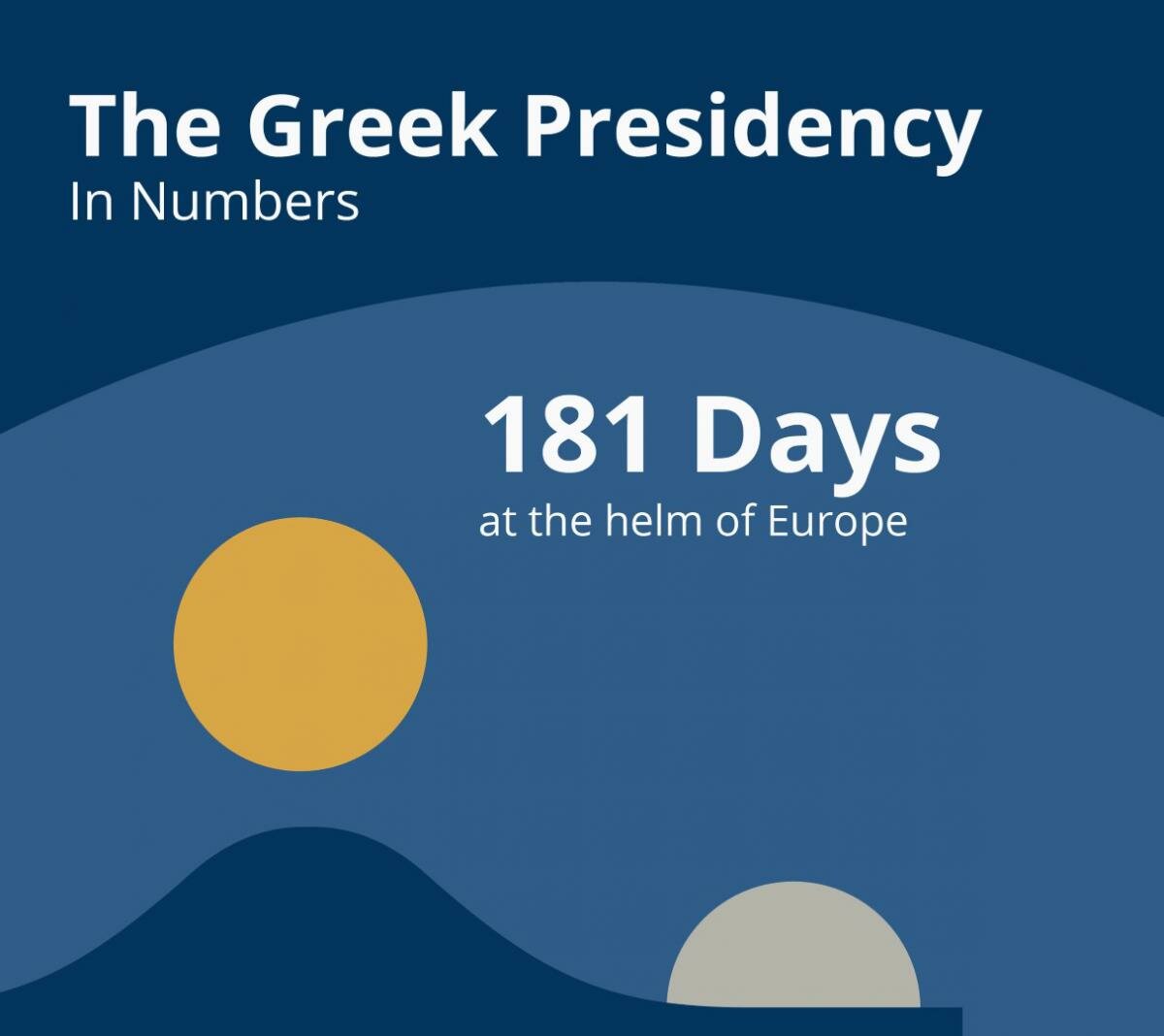What do sun-kissed beaches, yachting in the Mediterranean, and underwater archaeology tours have in common? Together they form a vigorous yet sometimes overlooked industry called maritime and coastal tourism.
Not just sea and sun
Coastal tourism includes beach-based tourism and recreation activities (swimming, surfing, etc.), as well as other activities of coastal areas (aquariums, observing marine life etc.) Maritime tourism covers water sports (e.g. boating, yachting, cruising, nautical sports etc.) and includes operations on land facilities. Many of these activities are given a cross-cultural flair, such as tracing ancient paths, indulging in culinary delights and exploring maritime folklore tradition and customs.
Big fish
Employing over 3.2 million people, this sector generates a total of € 183 billion (gross value added) and represents over 1/3 of the maritime economy. As much as 51% of sleeping capacity in hotels across Europe is concentrated in regions with a sea border, and the figures become even more impressive for countries of the European South. Half the Europeans who went on a cruise last year preferred the Mediterranean, while cruise tourism within the EU represents 330,000 jobs and a direct turnover of €15.5 billion (2012).
The sector’s potential is still untapped, considering that Europe is the world’s No 1 tourism destination, attracting 52% of arrivals worldwide. According to EU's Blue Growth strategy, maritime & coastal tourism is expected to grow by 2-3% by 2020. Looking out for the future, the EU Commission adopted a Communication on "A European Strategy for more Growth and Jobs in Coastal and Maritime Tourism". (February 2014)
Nonetheless, costal and maritime tourism also faces numerous challenges, including the need to extend the tourism season, address sustainability concerns, such as climate change, islands accessibility, environmental pollution and urban landscape upgrade, as well as cope with increased competition from non-European destinations.
Blue is the colour of Greece
With 18,400 km of coastline, EU’s longest, and a top notch tourist infrastructure leveraging domestic growth (17% of GDP), Greece has a particular interest in the industry’s prosperity. The Greek presidency aims at highlighting this potential, engaging stakeholders (tourist operators, port authorities, entrepreneurs) in a constructive dialogue, favouring macro-region strategies such as the Baltic, the Adriatic/Ionian and the Atlantic, and at the same time promoting initiatives such as the “2014, Year of the Mediterranean”.
To this end, the Presidency will hold a high-level conference dedicated to maritime and coastal tourism, which will be accompanied by a special event focusing on how to benefit from ‘intense on-line marketing’.
See also: Greek Presidency - Maritime Greece; European Commission: Maritime & Coastal Tourism & Blue Growth Strategy








